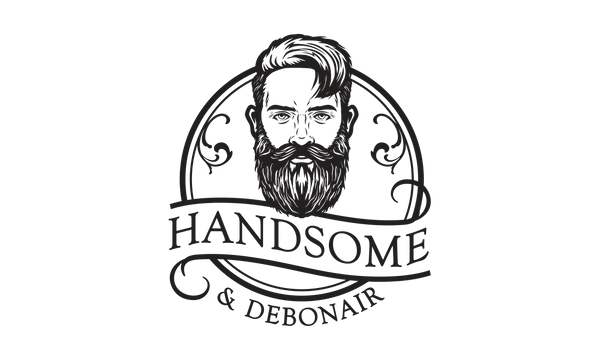From the dawn of humanity to the modern day, the humble beard has been far more than just facial hair. It has served as a powerful symbol of status, wisdom, masculinity, and defiance, its popularity ebbing and flowing with the tides of history. A man's decision to grow or shave his beard has often been a reflection of the culture, politics, and social norms of his time. Let's take a journey through the ages to uncover the rich and often surprising history of the beard.
The Dawn of Civilization: Beards as Power and Status
In ancient civilizations, the beard was a testament to a man's strength and social standing. The Mesopotamians, including the Babylonians and Assyrians, meticulously groomed their beards, often styling them into intricate curls and braids, sometimes even weaving in gold thread. A well-kept beard was a sign of a powerful, dignified man. Similarly, in ancient Egypt, while most men were clean-shaven to signify cleanliness and youth, pharaohs and other elite members of society would wear elaborate false beards, often made of braided goat hair, to assert their divine status.
The ancient Greeks revered beards as a symbol of wisdom, honor, and virility. Philosophers like Socrates and Plato were almost always depicted with full beards, and to shave it was a sign of mourning or disgrace. The Roman Empire, however, would later bring about a change.
The Roman Shave: A Symbol of Discipline
As the Roman Empire grew, so did the popularity of the clean-shaven look. Following the example of powerful figures like Alexander the Great, who reportedly required his soldiers to shave to prevent enemies from grabbing their beards in battle, Roman men began to favor a smooth face. The daily shave became a ritual, and a clean-shaven face symbolized Roman discipline, cleanliness, and military efficiency, setting them apart from the "barbarian" tribes of the north who wore their beards long.
The Return of the Beard: Vikings and Medieval Knights
With the fall of the Roman Empire and the rise of new kingdoms in Europe, the beard made a powerful comeback. The Vikings, in particular, saw the beard as an essential part of their identity. A magnificent beard was a sign of a true warrior and a free man. They took great pride in their grooming, often using combs and oils to maintain their facial hair.
Throughout the Middle Ages, beards continued to be popular, especially among noblemen and knights. The beard was a symbol of honor and a pledge of fealty. To touch another man's beard was considered a grave insult, often leading to duels.
The Victorian Era and Modern Times
After a brief decline in the 17th and 18th centuries in favor of mustaches and wigs, the beard experienced a grand revival during the Victorian era. The Industrial Revolution brought about a new emphasis on masculinity, and a full, lush beard became a symbol of power, respectability, and intellect. Scientists, doctors, and politicians all sported impressive beards, cementing their status as influential figures.
The early 20th century saw another shift, with the invention of the safety razor making shaving easier and more accessible than ever before. This, combined with a cultural move towards a more clean-cut and uniform appearance, led to a long period where beards were out of fashion.
It wasn't until the counter-culture movement of the 1960s and 70s that the beard truly re-emerged as a symbol of rebellion and nonconformity. Since then, the beard has been on a wild ride, with styles ranging from the goatee to the soul patch, and finally, the full, well-manicured beard of today. Now, beards are a celebrated part of men's style, a personal choice that can be as unique as the man himself.
Whether it’s a symbol of power, a sign of rebellion, or just a fashion statement, the beard's journey through history shows it's a timeless part of the male identity, constantly evolving yet always full of character.
Whether you’re rocking a neatly trimmed Grecian beard or an unruly Viking-inspired face blanket, Handsome & Debonair has the products to keep it happy, healthy, and looking its best.

